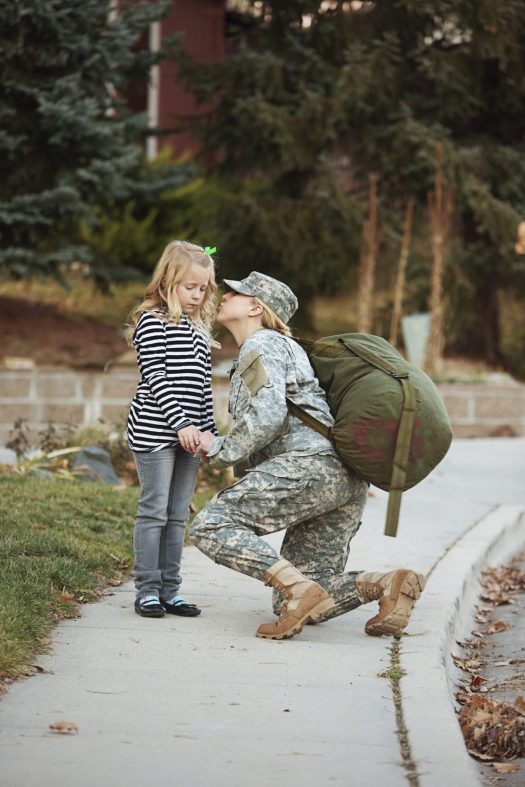Written by: Lonnie Long, West Virginia University Master of Public Administration candidate
There are many resources that provide support to active duty military personnel and their families. One source that should not be overlooked is the National Guard. Recently, I had the opportunity to participate in a Joining Community Forces (JCF) meeting in my hometown of Parkersburg, West Virginia, hosted by the National Guard Family Assistance Center. Over 20 organizations attended, ranging from service providers, such as Military OneSource, to local law firms and banks, as well as groups like the Marine Corps League and the VFW. All of the military community was welcome. Attendance was not restricted by branch, term of service, or any other sort of distinction. The National Guard armory became a place to bring stakeholders together, utilizing community resources to better serve military personnel and their families.
Because the National Guard is geographically dispersed, community-based resources are especially important. The Guard is particularly well-suited to collaborating with these resource networks, providing assistance to those who are even further “outside the gate” than what other branches might consider usual. This experience fits thematically well with the MFLN’s overall community-capacity building goals.
As a kid, one program that was particularly close to me was Operation: Military Kids (OMK). It is also a good example of how the Guard has connected with communities. The program was a collaboration between several government and non-profit organizations, primarily the U.S Army, Army National Guard, and Cooperative Extension. The program served military families by raising awareness in local communities about the challenges military youth faced. Further, it helped them to connect with other kids and families going through the exact same hardships. I am a proud alum of West Virginia’s OMK program, with fond memories of youth retreats and leadership camps held at the State 4-H Camp Jackson’s Mill and the National Guard facility Camp Dawson. I later went back to support OMK and the next generation of military kids as a young adult volunteer.
OMK was special in that it was what we call now a “purple” program, serving children from all the branches and was not just for National Guard or Army kids. While most of my peers’ parents were in the National Guard, I did manage to meet some who were from other branches, which gave ten-year old Lonnie an even greater appreciation for our shared struggles and challenges.
Currently, the National Guard continues to be a source for “purple” services. Family Assistance Centers, for example, are often based in National Guard facilities, and staffed by civilian contractors. They serve as resources to anyone who walks through their door, regardless of branch or duty status. These services range from providing TRICARE information and resource referral, to renewing ID cards and even crisis intervention.
Embedded within the National Guard are Transitional Assistant Advisors, professionals who serve as a point of contact to assist returning service members access the benefits and services that they may have otherwise not known about. There is at least one TAA in each state, Washington, D.C., Guam, Puerto Rico, and the Virgin Islands. While the program was initially started after several Guard members returned from Iraq and Afghanistan not knowing their service had earned them benefits from through the VA, the TAAs serve anyone from any branch, so long as they are in their assigned state or territory.
These examples of how the National Guard serves military families remind us of the importance of forging connections with community resources.















